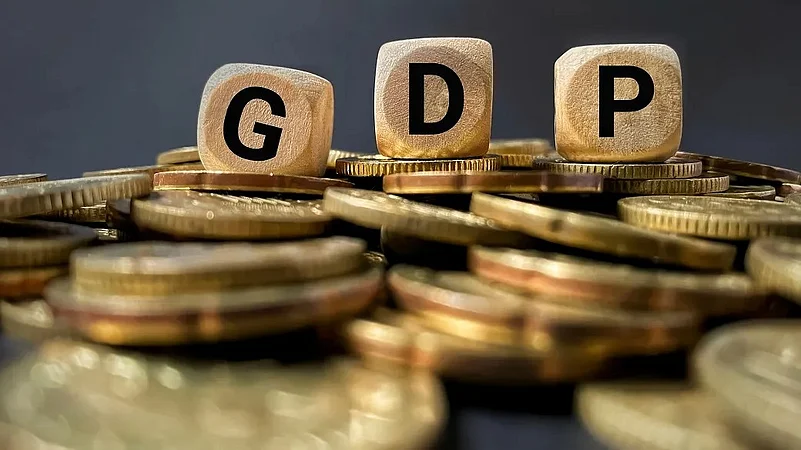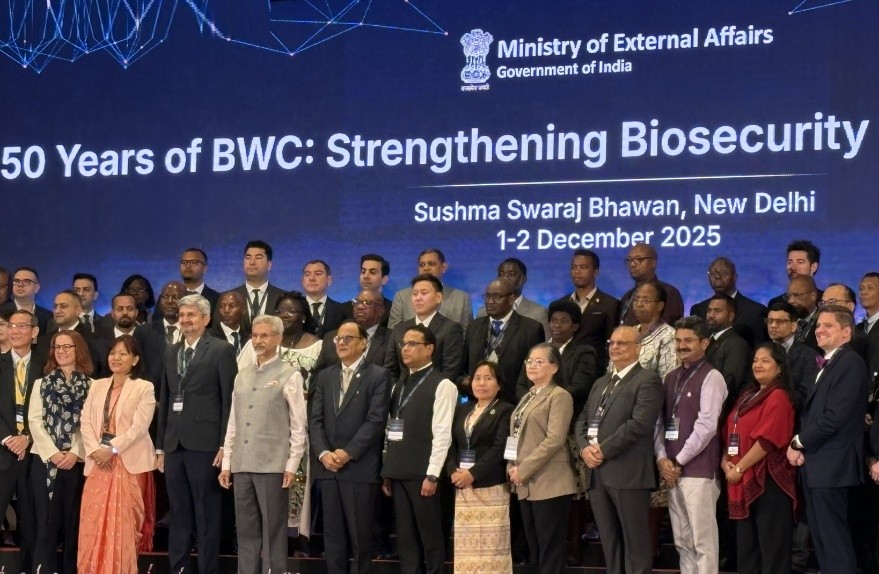75 Years of China-India Diplomatic Relations
Context:
April 1 marked the 75th anniversary of diplomatic relations between China and India.
More on News
- Over the decades, despite facing challenges, the bilateral relationship has continued to progress, much like the steady flow of the Yangtze and the Ganges.
Principles of Future Relations
As we reflect on this journey, four key factors emerge as guiding principles for the future of China-India relations:
- Leadership and Strategic Direction: The role of leadership has been instrumental in shaping China-India relations.
- India was the first non-socialist country to establish diplomatic relations with China.
- In 1988, Prime Minister Rajiv Gandhi’s visit to China marked a turning point, initiating a process of normalisation.
- More recently, interactions between President Xi Jinping and Prime Minister Narendra Modi, including informal summits and bilateral meetings, have strengthened ties.
- Strengthening Cooperation and Cultural Exchanges: Historically, China and India have shared deep-rooted cultural connections.
- From the travels of Master Xuanzang to Bodhidharma’s influence on Zen Buddhism, these exchanges have enriched both civilisations.
- In the modern era, bilateral trade has grown significantly—from less than $3 billion in 2000 to $138.5 billion in 2024.
- Educational, tourism and cultural collaborations have expanded, with yoga and Bollywood gaining popularity in China.
- The two nations have also established nearly 50 dialogue mechanisms to facilitate discussions across various sectors, reinforcing their commitment to collaboration.
- Managing Differences Through Dialogue: As neighboring countries, differences are inevitable.
- However, both nations recognise the importance of preventing disputes from escalating.
- The establishment of communication channels such as the Special Representative Mechanism on the China-India Boundary Question has enabled constructive dialogue.
- Last year’s efforts to restore stability along the border exemplify the effectiveness of diplomatic negotiations in resolving complex issues. Emphasising dialogue over discord remains key to maintaining regional stability.
- A Shared Responsibility in Global Affairs: China and India, as leading members of the Global South, hold significant influence on the global stage.
- Historically, they have worked together to promote the Five Principles of Peaceful Coexistence (PANCHSHEEL) and supported the independence movements of Asian and African nations.
- Today, their cooperation in multilateral organisations like BRICS, the Shanghai Cooperation Organisation (SCO), and the G-20 is vital for advancing global economic and political stability.
- By aligning their efforts, both nations can contribute to international fairness, justice, and multilateralism.
Areas of Cooperation and Confrontation
India and China have a complex relationship characterised by both cooperation and confrontation across various sectors.
Areas of Cooperation:
- Economic Cooperation:
- Bilateral Trade: India and China have significant trade relations, with bilateral trade reaching $138.5 billion in 2024.
- Investments: Both countries have seen increased investments in sectors like IT, pharmaceuticals, and automobiles.
- Multilateral Forums: They collaborate through platforms like BRICS, SCO, and AIIB to promote economic development.
- Science and Technology: Joint research workshops and IT corridors in China have fostered collaboration in science and technology.
- Cultural and Educational Exchanges: Increased people-to-people exchanges, including over 18,000 Indian students in China. Cultural exchanges through sister cities and educational programs.
- Environmental Cooperation: Both countries are parties to the Paris Agreement and collaborate on climate change initiatives.
- Security Cooperation: Limited defence cooperation, including joint military exercises like “Hand-in-Hand”.
Areas of Confrontation:
- Border Disputes: The Line of Actual Control (LAC) is a major source of tension, with frequent skirmishes and military standoffs, notably in Ladakh and Arunachal Pradesh. The 2020 Galwan Valley clash resulted in significant casualties on both sides.
- Geopolitical Competition: India’s revocation of special autonomy in Jammu and Kashmir in 2019 was opposed by China, further straining relations. Competition for influence in South Asia and the Indian Ocean region.
- Economic Tensions: India has restricted Chinese investments and banned several Chinese apps following border tensions. Trade imbalances and competition in regional markets.
- Strategic Rivalries: India’s participation in the Quad (with the U.S., Japan, and Australia) is seen as a counterbalance to China’s growing influence in the Indo-Pacific. China’s Belt and Road Initiative (BRI) has raised concerns in India about regional security and economic dominance.
Way Ahead
To sustain and enhance this relationship, both nations must take proactive steps:
- Fostering Stability: Upholding mutual respect and trust while managing differences through dialogue will ensure a steady and balanced relationship.
- Expanding Economic Cooperation: Aligning developmental goals, such as China’s high-quality growth strategy and India’s “Viksit Bharat 2047” vision, can create new opportunities for trade and investment.
- Strengthening Multilateral Engagement: As key players in global governance, China and India must collaborate to uphold the interests of developing nations and promote a more equitable international order.
Mahatma Gandhi once envisioned a future where China and India would cooperate in friendship and brotherhood for the betterment of Asia and the world. By drawing lessons from history and embracing a forward-looking approach, China and India can forge a path of mutual growth and shared prosperity, setting an example for global diplomacy in the 21st century.


